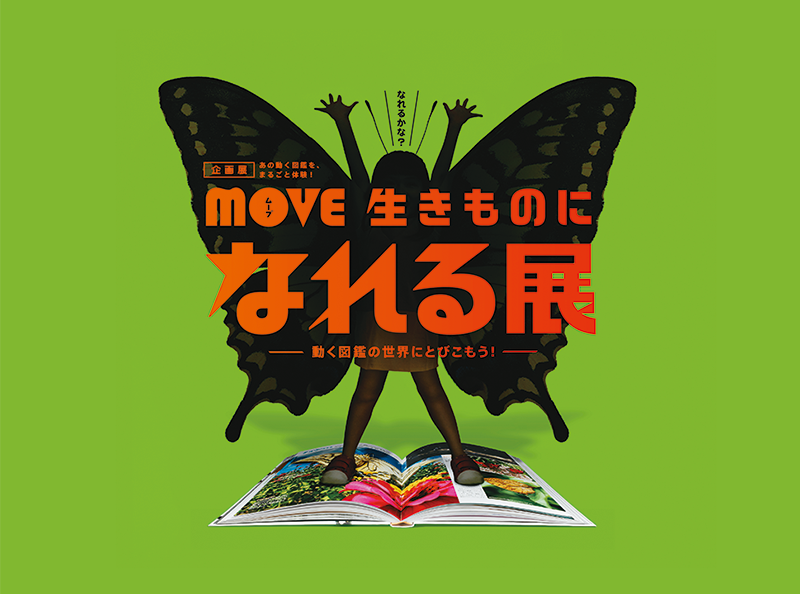Kodansha's MOVE series of animated encyclopedias, combining dynamic photos with powerful DVD footage, instantly captured the top share of the encyclopedia market. Now, an unprecedented event project , "MOVE: Become a Living Creature," is underway. This project, a unique collaboration between Kodansha editors, NHK designers, and Dentsu Inc. creators, is being developed in partnership with the National Museum of Emerging Science and Innovation (Miraikan). We spoke with the key figures preparing for the November launch about the cutting edge of "edutainment" – the fun, hands-on experience of the moving picture book world.
(Moderated by Keigo Hayashi, IP & Business Development Department, Publishing Business Development Division, Dentsu Inc.)
※Edutainment = A portmanteau of education and entertainment
Directors with different specialties push the project forward by stepping outside their comfort zones
Hayashi: It's already the third year since we launched this experiential project, right?
Morisada: That's right. When Dentsu Inc. first pitched the concept to me, I was already thinking about turning MOVE into something three-dimensional for museums or schools someday, so I said, "Let's give it a try." That's when we approached NHK Enterprises (NEP), who we'd commissioned to produce the MOVE DVD, and that's how it all began.
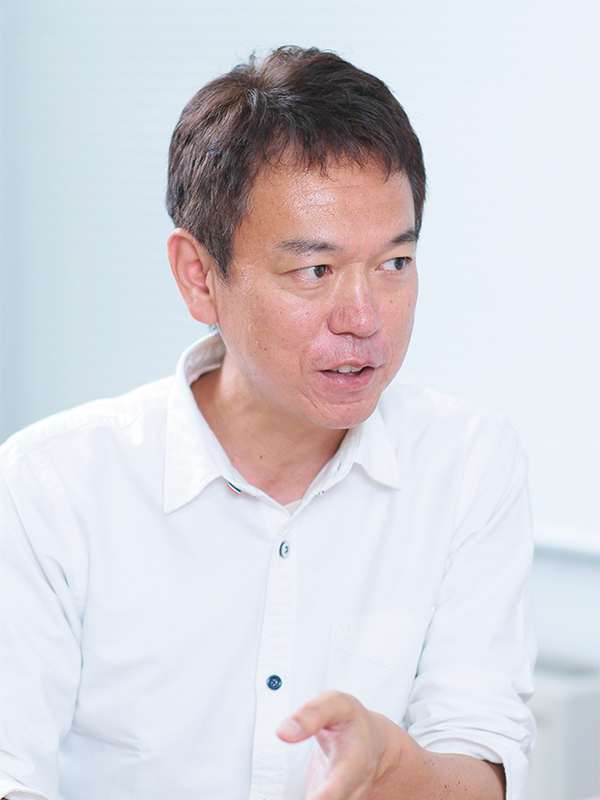
Izumi Morisada (Editor-in-Chief, MOVE, Kodansha)
Yamada: I originally worked in television art at NHK for nearly 20 years. After being seconded to NEP, I took charge of directing events and such. While our company's role was apparently video support, I heard about this exhibition project internally and was really drawn to it. I started pitching ideas on my own, and eventually, I was invited to join the team. I want to embody this project's concept as an appealing space and flip the "become" switch for the children.
Takakusagi: I previously worked with Kodansha to develop the "Attack on Titan Exhibition" from scratch, and that experience gave me a sense of its potential. In an era where communication has become solely about "efficiency" since smartphones, I believe the inefficient and cumbersome method of "exhibitions" will become an "important medium" going forward. My role this time is to plan "unknown experiences" based on the encyclopedia content and to oversee the entire spectrum of what I want visitors to feel from those experiences.
Funaki: As with the Attack on Titan exhibition I worked on with Takakusaki, my role involves crafting the scenario—specifically, where to place which words, what tempo to set, and what emotional state we want visitors to experience as they read and engage. Having three children myself, I aim to identify the points that genuinely spark their interest and amplify those moments as much as possible.
Morisada: Since this exhibition is based on MOVE, like an encyclopedia, I want to convey the kind of wonder and curiosity that makes kids want to see it every day, through the experience itself. I see my role as making sure there's no deviation from that.
Yamada: We're all directors, but Takakusagi handles communication, Funaki the story, I handle the space, and Morisada brings it all together. It's interesting how we all slightly step outside our specialties while working, isn't it?

Takashi Yamada (Executive Producer, Global Business Division, NHK Enterprises)
Funaki: Our workflows are different too.
Yamada: Speaking of workflow, I realized the approach for TV and special exhibitions is almost opposite. Starting with "Let's come up with an interesting idea first, something that acts as a catalyst!" rather than focusing on content or story – is that the advertising style? It's incredibly fun and refreshing for me.
Funaki: It's not standard advertising practice, though. While the nature of the exhibition medium plays a role, this case was quite unique even within that context. It became viable only after external conditions aligned—deciding what to extract from the encyclopedia, how to materialize it, and whether costs would work. So, finding the right material inevitably took priority.
Morisada: Even with source content, the gap to realization is huge—that's the tricky part. Decisive moments in creatures' lives are irreplaceable, so you have to craft the story around that scene. In that sense, our approach this time might be closer to how encyclopedias are created.
A new edutainment space where you take the lead and understand
Hayashi: Among the various lineups in the MOVE series, what led you to choose "living creatures" as the theme?
Funaki: Kids just love creatures. They're a treasure trove of ideas for planning too. From the start, everyone unanimously agreed creatures were the way to go.
Takakusaki: Ideas related to living creatures are almost limitless. We first accepted them all without rejection, then, while keeping an eye on the constraints of space, budget, and operations, we agonized over what to cut away... Repeating this process led to the current plan.
Yamada: We started with several wildly unrealistic plans. Things like letting kids fly around the venue as birds, or climb walls as geckos—we seriously considered ideas that made you wonder, "Can kids really do this?" Sometimes, things we'd spent half a year building would change overnight (laughs).
Hayashi: Coming up with ideas is one thing, but actually bringing them to fruition must have been tough?
Takakusaki: It was a continuous learning process. In advertising, you build everything around pre-shared and approved expressions. But this was a project to co-develop unprecedented content. Ideas we thought were dead could suddenly transform into the "best idea" through some combination. That made the decision-making process incredibly difficult.
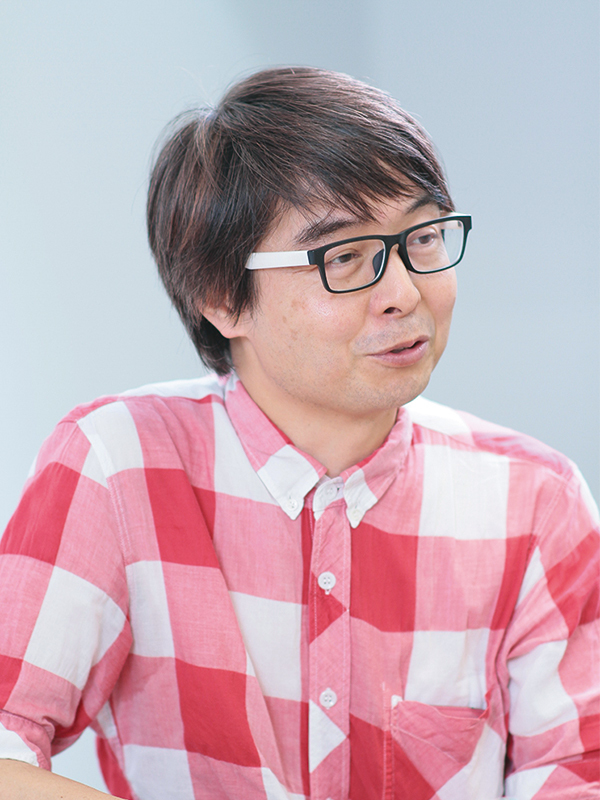
Takakusagi Hirosumi (Creative Director, Dentsu Inc. CDC)
Morisada: Compared to editing work, there were just too many things to consider. Of course, whether it was interesting was key, but we also had to keep in mind things like whether every visitor could do it, how many people could handle it at once, and so on. That part was really tough.
Takakusaki: I recall during the second brainstorming session, while discussing what could be truly new and interesting—neither VR nor AR—we had a breakthrough: "What if you become it?" That would transform every experience into a new form of edutainment! Since then, it feels like the entire team has been endlessly exploring this new genre of "becoming play." Dig deeper and deeper, and new ideas keep surfacing... I'm amazed by the endurance of this concept.
The ideal is something that excites and moves you the moment you enter the venue.
Hayashi: What challenges lie ahead as you move toward completion?
Takakusaki: We're now at the stage of making final selections while imagining the site in high resolution. We want to carefully balance the parts and the whole, packing in all the fun everyone has cherished since the beginning, delivering it fresh and vibrant.
Morisada: Even the same material can transform completely depending on how you polish it. On the other hand, I feel reassured knowing that no one is willing to compromise on quality. In that sense, I'm really looking forward to seeing the final result.
Yamada: We're currently exploring how to facilitate learning and emotional impact before and after the experience, and how to ensure consistency between the overall narrative and the physical space. Children often don't interpret things exactly as adults intend, so we need to conduct verification experiments, make adjustments along the way, and ultimately create something that delivers high satisfaction for the children.
Morisada: The MOVE encyclopedia is designed not just for learning, but as an encyclopedia of fun play. For this special exhibition too, my ideal is something that excites or moves children the moment they enter the venue. So, while children aged 6 to 8 are the main users, our goal is for what's fun for them to also be enjoyable for adults experiencing it, and for adults to find joy in watching the children.
Funaki: This exhibition isn't about observing something already made; we want it to be an opportunity for visitors to mobilize their own inner resources to feel and experience things. Regardless of the scale of the exhibits, if we can carefully craft that aspect, I believe it will become an unforgettable exhibition unlike any before.

Funaki Nobuko (Dentsu Inc., Creative Planning Division 4)
Takakusaki: The innovation MOVE brought to picture books lies in how surprise and excitement stir the reader's interest, transforming their very "knowledge." This time, visitors themselves will "transform" to experience that surprise and discovery. If familiar scenery suddenly looks completely different... it's bound to be an interesting, unforgettable, and substantial exhibition.
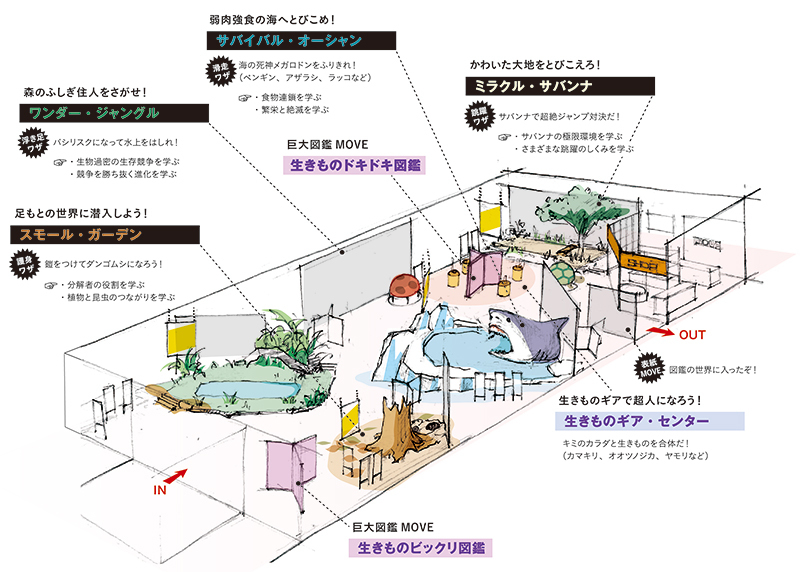
Visuals of the venue as planning progresses
About the Moving Picture Encyclopedia 'MOVE'
A new concept educational encyclopedia by Kodansha, aiming to create an encyclopedia children will want to read every day. It completely revamps the traditional specimen-style list layout, making extensive use of powerful photographs and illustrations. Furthermore, by combining it with a DVD featuring carefully selected videos from NHK's vast archives, it delivers overwhelming dynamism and a rich variety of memorable information. Covering genres that highly interest children—such as dinosaurs, insects, plants, history, celestial bodies, and railways—it has become a major hit series since its launch in 2011, with cumulative sales exceeding 2.5 million copies.
For example, here's a project underway in Small Garden:
Become a pill bug and learn self-defense!
 Even among the flowers and insects we casually observe daily, there exist complex interrelationships and meticulously distributed roles. In "Small Garden," where you experience this firsthand, you don armor like a pill bug and curl up to experience its self-defense techniques. You can learn the wisdom and ingenuity of living creatures.
Even among the flowers and insects we casually observe daily, there exist complex interrelationships and meticulously distributed roles. In "Small Garden," where you experience this firsthand, you don armor like a pill bug and curl up to experience its self-defense techniques. You can learn the wisdom and ingenuity of living creatures.

Mr. Funaki's second son, wearing a prototype armor and transformed into a pill bug
"MOVE: Become a Creature" exhibition runs from November 29
All living creatures adapt to their environment, protect themselves, and sustain life through their own unique wisdom and ingenuity. The forms and behaviors of creatures that spark children's curiosity are born from the individuality and practical ideas they've developed in the process of surviving. This "MOVE: Become a Creature Exhibition" allows children to actually experience and feel the origins and ways of life of these unique creatures. By "becoming" different creatures, it offers a valuable experience to intuitively understand biological diversity, sparking curiosity and respect for the natural world in a way never seen before.
Venue: National Museum of Emerging Science and Innovation (Miraikan), Odaiba, Tokyo
Dates: November 29, 2017 - April 8, 2018
Organizers: National Museum of Emerging Science and Innovation (Miraikan), Kodansha, Dentsu Inc., Yomiuri Shimbun, NHK Enterprises, Dentsu Live Inc., Vector
URL:http://nareru.jp/








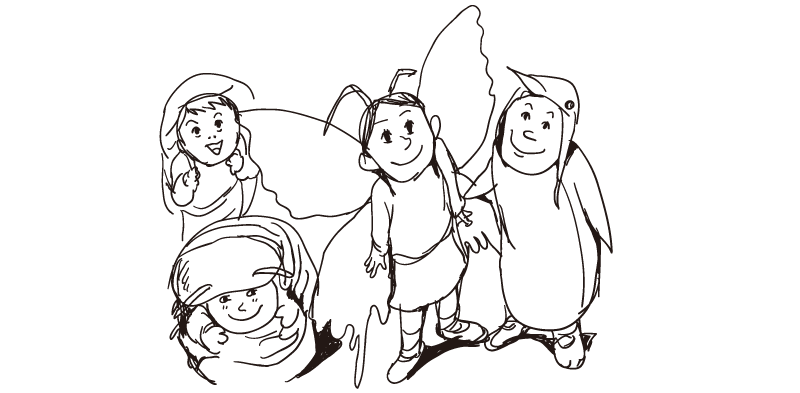








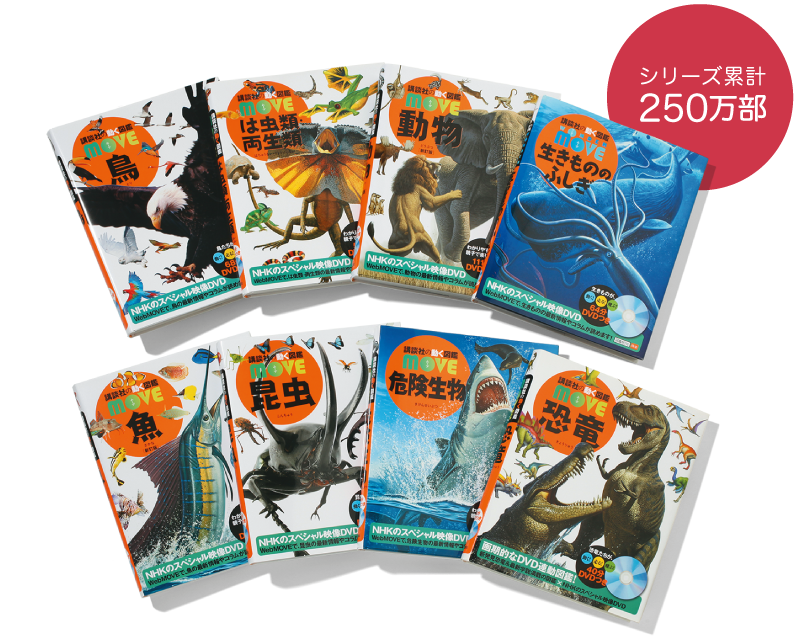
 Even among the flowers and insects we casually observe daily, there exist complex interrelationships and meticulously distributed roles. In "Small Garden," where you experience this firsthand, you don armor like a pill bug and curl up to experience its self-defense techniques. You can learn the wisdom and ingenuity of living creatures.
Even among the flowers and insects we casually observe daily, there exist complex interrelationships and meticulously distributed roles. In "Small Garden," where you experience this firsthand, you don armor like a pill bug and curl up to experience its self-defense techniques. You can learn the wisdom and ingenuity of living creatures.

